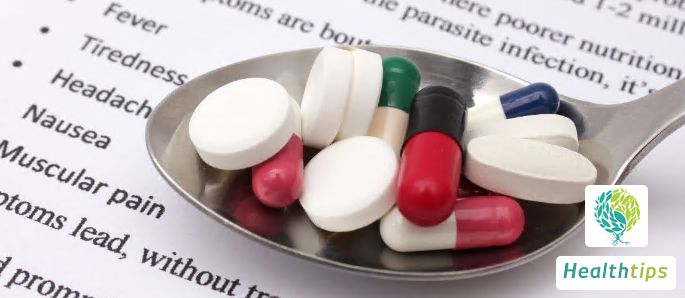"What Factors Lead to the Enlargement of the Nasal Tip?"
Causes and Treatments of Nasal Turbinate Hypertrophy
There are numerous factors contributing to nasal turbinate hypertrophy. Once the disease sets in, symptoms such as sticky and thick nasal mucus, severe nasal congestion, and nasal mucosa swelling may manifest. Furthermore, it can give rise to severe complications like emphysema, pulmonary heart disease, and asthma, accompanied by headaches, dizziness, memory loss, chest tightness, chest pain, and poor mental state. Prompt treatment is crucial. Now, let's delve into the causes of nasal turbinate hypertrophy.

1. Causes of Nasal Turbinate Hypertrophy
1. Sticky and thick nasal mucus, manifesting as light, clear, or yellow purulent secretions, which drain backward, irritating the throat and causing coughing and sputum production.
2. Severe nasal congestion, accompanied by nasal speech and respiratory difficulties, as well as olfactory impairments. Persistent mouth breathing is also common.
3. Compression of the nasal septum by the middle turbinate can lead to inflammation of the anterior ethmoidal nerve, a branch of the trigeminal nerve, resulting in forehead and nasal bridge pain, sometimes radiating to the orbital area, known as anterior ethmoidal neuralgia or syndrome.
4. The nasal mucosa appears swollen, pink or purple, with an irregular, knobby, or mulberry-like surface. The anterior segment of the lower turbinate and its free edge are particularly prominent, feeling firm.
5. Hypertrophy of both the lower and middle turbinates can obstruct the nasal passage. Mucous or mucopurulent secretions may accumulate at the nasal cavity base or in the lower nasal meatus.
6. Local mucosal vasoconstriction in response to vasoconstrictors is not evident.
2. Treatments for Nasal Turbinate Hypertrophy
1. General Treatments
(1) For mild cases, topical decongestants like 0.05% oxymetazoline or glucocorticoid nasal sprays can be administered, with caution regarding contraindications and proper usage, as some drugs, like naphazoline hydrochloride, may induce rhinitis medicamentosa.
(2) For patients with hypertrophic lower and middle turbinates, reducing turbinate size and enhancing ventilation can be achieved through local injection of sclerosing agents, cryotherapy, microwave therapy, or radiofrequency ablation. Low-temperature radiofrequency ablation is preferred due to its minimal invasiveness, ease of execution, and general non-requirement for hospitalization.
(3) Chronic conditions or adjacent lesions, such as nasal septal deviation or sinusitis, should also be appropriately managed.
2. Surgical Treatments
If general treatments are ineffective or significant mucosal hypertrophy exists, particularly in the lower turbinate's posterior or lower edge, surgical resection of a portion of the turbinate may be necessary. However, caution must be exercised not to resect more than one-third of the lower turbinate to prevent compromising nasal mucosal function or inducing secondary atrophic rhinitis. For bony hypertrophy, submucoperiosteal resection of the lower turbinate can be performed, enhancing nasal ventilation and drainage without hampering nasal mucosa's physiological functions.



















